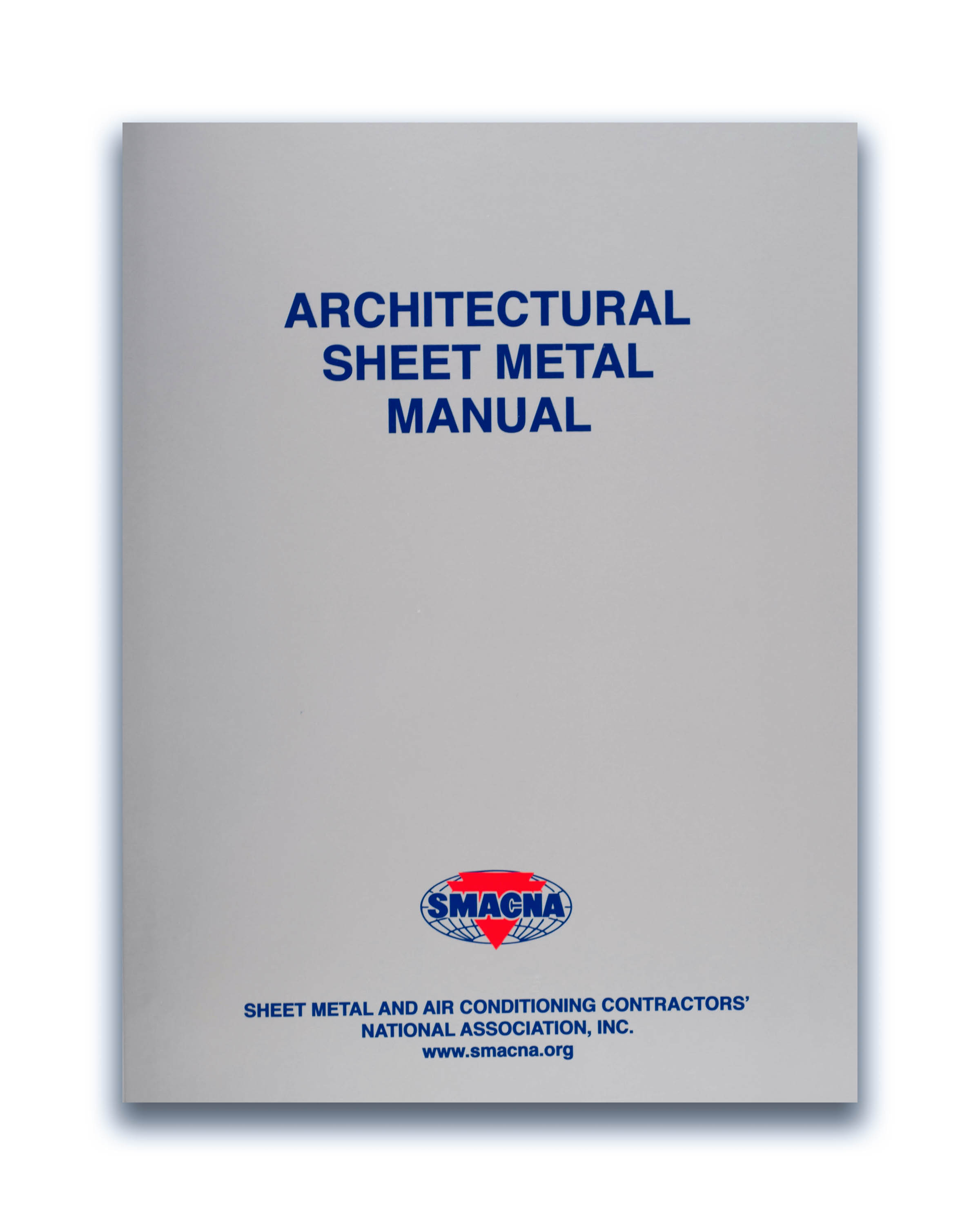Officially, it was not a tornado that hit Kirkwood, Mo., April 24, 2010 — but something damaged the roof of St. Gerard Majella Parish.
Winds in nearby St. Louis — which did record two tornadoes reaching the ground — reached as high as 85 mph that day.
The Catholic facility’s copper roof, which had weathered the past three decades just fine, was hit by the storm. A few panels on the northwest side of the building started to come loose. The situation slowly got worse over the next three years.
And that’s where David Hyde & Associates Sheet Metal came in. The Fenton, Mo.-based architectural sheet metal and roofing firm was awarded a $350,000 contract to install a new roof on the building. That would mean removing and replacing the nearly 20,000 pounds of 20-ounce copper that covered the roof. Altogether, nearly 11,000 square feet of roofing would eventually have to be installed.
Tom Hyde, the company’s project manager, said the roof was in worse shape than it might have appeared from the ground.
“You would walk across the roof and your foot would hit copper panels and then it would keep falling another 3 inches until you hit the deck below,” he said. “So (the roof) never peeled off like a tin can. It never was this big catastrophic event. It was just a slow uplift that sort of spread across the roof.
“It all had to go,” he said.
Especially important
It was the kind of project company officials said they were comfortable with. David J. Hyde III — Tom Hyde’s father — is a third-generation sheet metal worker whose family has been involved in the industry for 100 years. The company has worked on many high-profile projects in the greater St. Louis area, including financial services firms such as Edward Jones and transportation terminals.
But for officials with the company, which typically goes by the acronym DHA Sheet Metal, this was no ordinary project. It was a very personal job for company owner David Hyde, according to his son.
“This is where my Dad goes to church,” Tom Hyde said. “So he basically said from day one to our superintendents, everyone: ‘Treat this job as if you’re working on my house. I want it to be perfect.’ ”
In the case of St. Gerard, ensuring the panels they lined up correctly would not be an easy process.
“The roof panels miter into the soffit panel at each eave, and the roof is a three-sided pyramid,” Hyde said. “While the roof panels on each side of the three hip/ridge conditions are separated from each other by a ridge-cap flashing, the seams of the soffit panels on each side of the miter are not separated by any flashing.”
All the panels were to be fabricated in shop by DHA workers in 10-foot lengths with transverse seams. A team of four to six DHA employees worked on site at the church from March to July.
‘Tricky’
“It was a really tricky layout to have it come out looking just right,” Hyde said. “And if the seams don’t line up on the corners, it’s going to be obvious. These soffit panel joints have to line up perfectly across the miter or — to a sheet metal contractor at least — the whole job would look unprofessional.”
Hyde credited the company’s foreman, Chris Racherbaumer, with ensuring everything looked right.
“The quality of this transition, from soffit panel to soffit panel across the miter, is a testament to the planning of our management team and to the quality of the layout by our foreman,” he said.
Adding to the project’s complexity was the fact that the church would be remaining open and in regular use throughout the project. Any infiltration of water could be devastating to the ornate details inside the worship space.
“This was an occupied space, and it was a church (with) a lot of expensive interior finishes,” he said. “So a big challenge was keeping the interior weather tight during the removal and reinstallation.”
While the whole roof was to be replaced, there was one part that was staying: the large cross that sits at its top. Changing out the cross would have added 30 percent to the project’s cost, money the parish didn’t want to spend, Hyde said.
And that was another challenge for DHA workers to tackle.
“We had to kind of back-lap our new roof flashing to (the cross) and then solder it, which is a new can of worms when you’re soldering new copper to 30-year-old copper,” he said.
Despite his concerns, the installation process went smoothly and church officials, as well as his father, are satisfied.
“Everybody is real happy,” Hyde said. “DHA Sheet Metal is proud to put our name on this project.”
Currently, the roof is still exhibiting the “shiny copper penny” color of new copper, but Hyde said he expects it to start darkening within six months. It could take another two decades for roof to start to show the familiar green patina of aged copper, he said.
For reprints of this article, contact Renee Schuett at (248) 786-1661 or email schuettr@bnpmedia.com.













